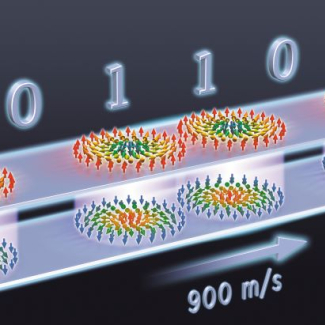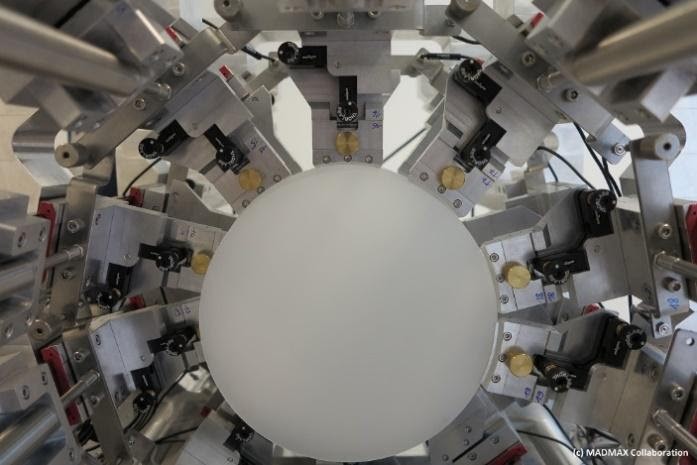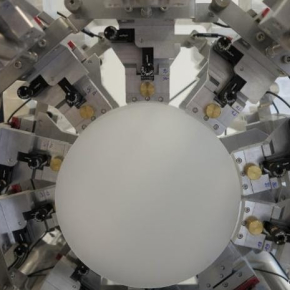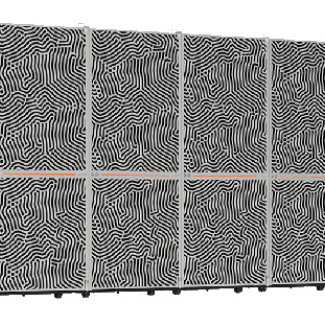
A French-German laboratory for identifying the nature of dark matter
|
|
The CNRS and German research centres from the Helmholtz Association have joined forces to create the Dark Matter Lab (DMLab), an International Research Laboratory (IRL) focusing on the mysterious substance that is dark matter. It was created in late May 2023, and will be based at the Deutsches Elektronen-Synchrotron in Hamburg.
It is one of the great mysteries of astrophysics: in galaxies and galactic clusters, visible matter alone does not account for the total mass needed to explain astronomical observations. An invisible “dark” matter—interacting very little with ordinary matter—must be added. While it represents an estimated 26% of the Universe’s total energy density, dark matter remains hypothetical today, and its nature still unknown.
To meet this challenge, the CNRS has co-founded DMLab alongside the Deutsches Elektronen-Synchrotron (German Electron Synchrotron), the GSI Helmholtzzentrum für Schwerionenforschung (Centre for Heavy Ion Research), and the Karlsruher Institut für Technologie (Karlsruhe Institute of Technology). These research institutions are among the most important and prestigious in Germany.
Built on complementary German and French expertise in order to have an impact in international competition, the objective of DMLab is to develop and strengthen existing and future bilateral collaboration between the two countries, as well as to stimulate potential discoveries in the field of dark matter. The IRL’s leverage effect will also provide support for funding applications submitted to French, German, and European funds, and will reinforce ties with multiple German partners.
The scientific areas that will be explored by DMLab include the direct detection of dark matter, the study of gravitational waves and astroparticles, the development of new particle acceleration techniques, detector development theoretical physics, and the management and processing of the data generated by these experiments.
In France, the following laboratories are involved: the Laboratory of Physics of the Two Infinities - Irène Joliot-Curie (CNRS/Université Paris-Saclay), the Centre for Particle Physics of Marseille (CNRS/Aix-Marseille Université), the Subatomic Physics and Associated Technologies Laboratory (CNRS/IMT Atlantique/Nantes Université), the Hubert Curien Pluridisciplinary Institute (CNRS/Université de Strasbourg), the Institute of Physics of the Two Infinities of Lyon (CNRS/Université Claude Bernard Lyon 1), the Leprince Ringuet Laboratory (CNRS/Ecole polytechnique-Institut Polytechnique de Paris), the Organisation of General Advanced Microelectronics Laboratory (CNRS/Ecole polytechnique-Institut Polytechnique de Paris), the Laboratory of Physics of the Two Infinities of Bordeaux (CNRS/Université de Bordeaux), and the Astroparticle and Cosmology Laboratory (CNRS/Université Paris Cité), and the Nuclear and High-Energy Physics Laboratory (CNRS/Sorbonne Université).

© MadMax Collaboration


